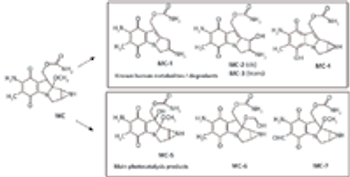
The Application Notebook
The frequency of recognition of toxic drug residues is an important issue concerning emerging environmental contaminants. This problem is also exacerbated by the low therapeutic index of drugs used in cancer chemotherapy.

The Application Notebook
The frequency of recognition of toxic drug residues is an important issue concerning emerging environmental contaminants. This problem is also exacerbated by the low therapeutic index of drugs used in cancer chemotherapy.

The Application Notebook
Bruker Daltonics Inc.
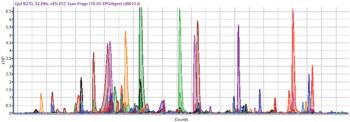
The Application Notebook
Agilent Technologies Inc.

The Application Notebook
Contamination of food products with pesticides is a growing concern because of recognized damaging health effects. This concern is particularly acute for baby foods because of the vulnerability of young children to harmful effects of synthetic chemicals, particularly pesticides. This application note presents results for analysis of trace levels of 24 organophosphorus (OP) pesticides in baby foods using the Shimadzu GCMS-TQ8030 triple quadrupole GC–MS-MS.

The Application Notebook
LECO Corporation

The Application Notebook
UCT, LLC

The Application Notebook
FMS Inc.
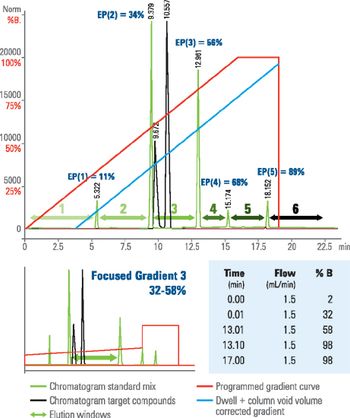
The Application Notebook
Agilent Technologies Inc.
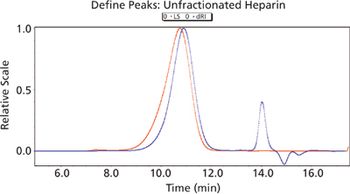
The Application Notebook
Wyatt Technology Corporation
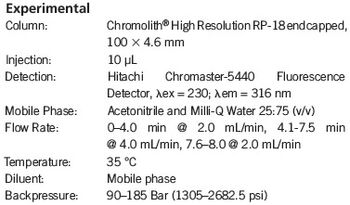
The Application Notebook
EMD Millipore
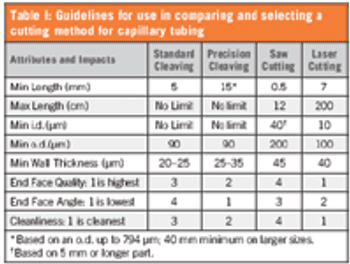
The Application Notebook
Polymicro Technologies, a subsidiary of Molex Inc.
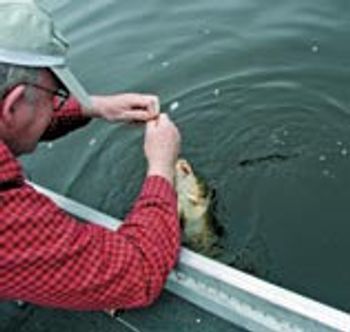
The Application Notebook
Profiles of Peter W. Carr, the Lifetime Achievement in Chromatography award winner, and Davy Guillarme, the Emerging Leader in Chromatography winner.

The Application Notebook
PHOTONIS USA, Inc.

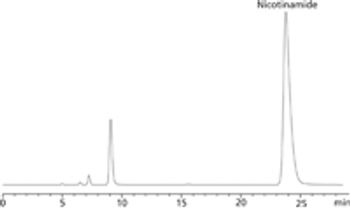
The Application Notebook
Pickering Laboratories, Inc.

The Application Notebook
Malvern Instruments Ltd.

The Application Notebook
Beverages, such as sodas and energy drinks, can include a number of polar ingredients, which are easily soluble in the water matrix of the drinks. These ingredients include sweeteners (sugars and sugar substitutes), caffeine, vitamin supplements, amino acids, organic acids, and plant extracts. Because the analytes are already in solution, there is no need for extensive sample preparation. Dilution followed by direct injection into an HPLC is typically suitable.
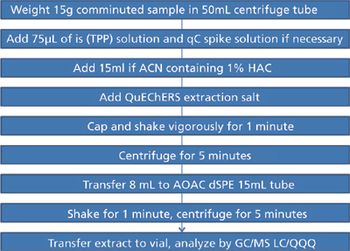
The Application Notebook
Sample preparation for multiresidue pesticide screening for agriculture commodities can be cumbersome and laborious for multiple sample extractions. With recent advances in multiresidue pesticide screening, methods have been simplified by the introduction of QuEChERS.

The Application Notebook
Current methods to measure worker exposure to chemicals generally involve collecting samples and sending them to a laboratory for analysis, which can take up to two weeks to obtain results. Tools that can turn samples into on-site information can provide data to make informed decisions when and where they are needed to protect workers.

The Application Notebook
Tosoh Bioscience LLC
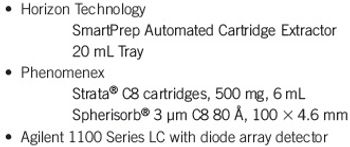
The Application Notebook
Horizon Technology, Inc.
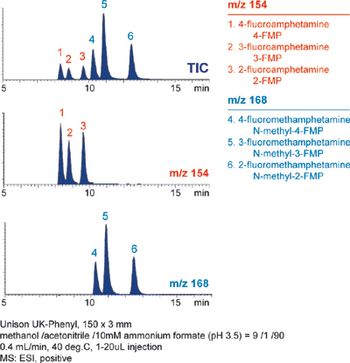
The Application Notebook
Imtakt USA
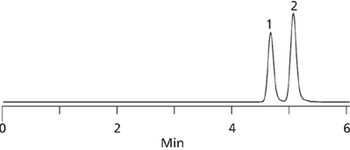
The Application Notebook
Caramel colorings are used as additives in a broad range of food and beverage products, but have no nutritional or preservative function. Recently, the potential hazard to humans of ammonia- and ammonia-sulfite-process caramel colorings was raised, because they contain the by-product 4-methylimidazole, which is a potential carcinogen (1).

The Application Notebook
Shodex/Showa Denko America Inc.

The Application Notebook
Malvern Instruments Ltd.

The Application Notebook
Regis Technologies, Inc.

The Application Notebook
Click the title above to open the LCGC North America June 2013 Application Notebook, Vol 31 No s6, in an interactive PDF format.